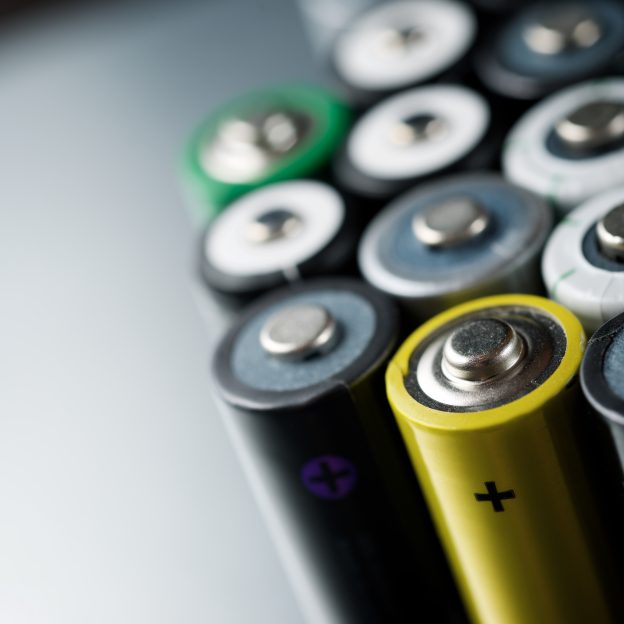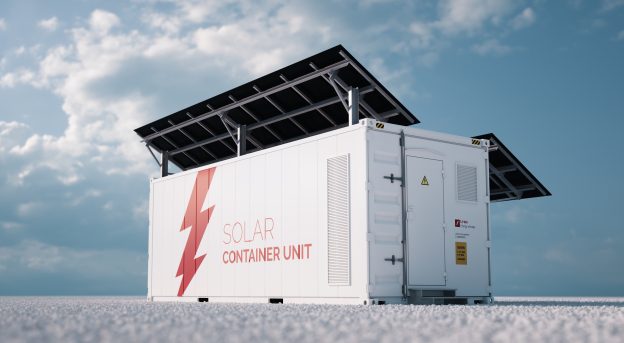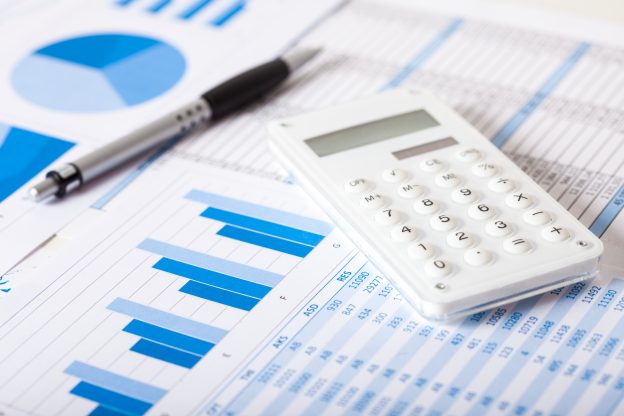From 230,000 yuan/ton to 100,000 yuan/ton, in nearly a year, lithium carbonate prices, which are in a downtrend, have been halved. Recently, the State Council issued the "Energy Conservation and Carbon Reduction Action Plan for 2024-2025" (hereinafter referred to as the "Plan"), sparking discussions on the future trend of lithium carbonate in the context of policy.
In response to this, some industry insiders have said that although the "Plan" is generally beneficial to the lithium battery industry, its impact on the market is more on the emotional level. "The 'Plan' does not have much direct impact on lithium carbonate prices and is unlikely to have a substantial effect on changes in supply and demand. Coupled with the fact that the fundamentals of lithium carbonate are still weak, the overall impact is limited," said Zhang Weixin, a futures analyst at CITIC Construction Investment.
Why is the policy boost limited?
On May 29th, the State Council issued the "Energy Conservation and Carbon Reduction Action Plan for 2024-2025". The day after the release of the "Plan", lithium carbonate futures quickly rose at the beginning of the trading session, but as market sentiment stabilized, the futures price gains narrowed, with the main futures contract for lithium carbonate up by 1.05% on the day. From May 31st to June 5th, lithium carbonate futures fell for four consecutive days, with the main contract once breaking through the 100,000 yuan mark. Today, lithium carbonate futures closed slightly higher at a price of 101,150 yuan/ton. Looking closely at the content related to the lithium industry in the "Plan", there are four points: First, increase the development of non-fossil energy and improve the ability to accept renewable energy, mentioning the construction of large wind and photovoltaic power bases, the development of offshore wind power, and actively developing new types of energy storage;
Second, optimize the layout of non-ferrous metal production capacity, reasonably arrange new production capacity in industries such as silicon, lithium, and magnesium, while strictly controlling the access of new non-ferrous metal projects, and the energy efficiency of new polysilicon and lithium battery anode and cathode projects must reach the advanced level of the industry; Third, energy conservation and carbon reduction actions in transportation, which mention the gradual cancellation of new energy vehicle purchase restrictions in various places and the implementation of policies to facilitate the passage of new energy vehicles; Fourth, strengthen the recycling of waste products and equipment, carry out corporate recycling target responsibility actions, and strengthen the recycling of industrial equipment, information and communication, wind power photovoltaic, and power batteries.
Industry insiders analyze that, specifically, although the first point is beneficial to promoting the growth of energy storage demand, the "Plan" mentions that by the end of 2025, the national new type of energy storage installation will exceed 40 million kilowatts, but by 2023, the national new type of energy storage project has accumulated an installed capacity of 31.39 million kilowatts, of which the newly added installed capacity in 2023 is about 22.6 million kilowatts. From this perspective, the task target for 2024-2025 is not radical and will not significantly raise demand expectations. The second point mentions the rational layout of new production capacity in the lithium and silicon industries, while the production capacity of lithium carbonate is still growing rapidly, and it is not suitable to strictly control the production capacity immediately. It is expected that the future lithium smelting production capacity will gradually scale and standardize, which is beneficial for upstream enterprises to reduce costs and increase efficiency in the long run, and the impact on lithium prices is slightly bearish, but the impact on short-term supply is limited.
If the third point can be implemented, the energy conservation and carbon reduction actions in the transportation link will directly increase the demand for lithium batteries, which is a real bullish factor. The fourth point about strengthening the recycling and utilization of lithium will reduce the dependence on lithium mining in the long run, which is a bearish factor. However, in the short term, due to the limited recycling stock market and the low number of scrappings, the actual impact is also limited. Zhang Weixin, a futures analyst at CITIC Construction Investment, believes that the "Plan" does not have much direct impact on the price of lithium carbonate and is unlikely to have a substantial effect on changes in supply and demand. Coupled with the fact that the fundamentals of lithium carbonate are still weak, the overall impact is limited.
The Downward Cycle in the Year May Be Difficult to Conclude
Industry analysis suggests that, given the current situation, the production of lithium carbonate is increasing and inventory is rising, exacerbating industry oversupply and leading to a continuous decline in prices. From the supply side, research reports from Minmetals Securities show that in early May, the operation rate in Qinghai and Jiangxi areas increased, leading to higher production; in April, Chile's total export of lithium carbonate was 28,800 tons, of which 22,900 tons were exported to China, a 42% increase month-on-month and a 157% increase year-on-year. It is expected that there will be a significant increase in supply in May. Overall domestic production is relatively stable, while there is still some expectation of increased imports from overseas resources.
On the demand side, Everbright Futures stated that the production of cathode materials began to slow down in May, and the situation in June is still not optimistic, with demand mainly for just-in-time purchases. The spot market is relatively quiet, and after promotions such as price reductions, trade-ins, and auto shows, terminal sales may also gradually slow down. The pressure of oversupply of lithium carbonate is gradually emerging, and prices may be under pressure, with attention to production arrangements in June. Wu Jiang from the Research Institute of Guotou Anxin Futures believes that the price of lithium carbonate is prone to fall and difficult to rise in the short term. On one hand, the current market's bullish factors have been basically digested, with spot prices maintaining in the range of 110,000 yuan to 113,000 yuan/ton, but changes have already occurred on the mining side, which may force salt plants to change their strategies and start shipping. On the other hand, the main bullish policies on the demand side have been successively implemented, and the marginal increase in consumption stimulation at the stage has been digested in the price.
To cope with overcapacity, upstream lithium mining companies have started to limit production to maintain prices. Research reports from Everbright Securities show that if the first Finniss mine in Australia ceased production on January 5, 2024, as a signal of this cycle, other well-known Australian mines such as Greenbushes and Mt Cattlin have all announced plans to adjust production or sales volumes. At the same time, some A-share lithium mining companies have reported losses for two consecutive quarters, and this round of lithium mine clearance cycle may have already started. It is worth mentioning that the starting point of the last round of sharp increase in lithium carbonate prices was the bankruptcy and cessation of some Australian mining companies. Everbright Securities said that if the first Bald Hill mine cessation project is taken as a signal of the last clearance cycle, the entire last clearance cycle lasted from August 2019 to October 2020, lasting about 15 months. Whether the upstream lithium mining companies' measures to limit production and maintain prices can bring about a reversal opportunity for lithium carbonate prices remains to be observed. Industry insiders say that according to past experience, there is a need to replenish stocks for power batteries in November and December, and three months ahead, there will be a small peak in the purchase of lithium resources. Therefore, the price of lithium carbonate may rise in August and September, but it cannot be denied that the overall supply of lithium carbonate is still relatively high, so for the whole year, it still belongs to the downward stage of lithium carbonate prices.







